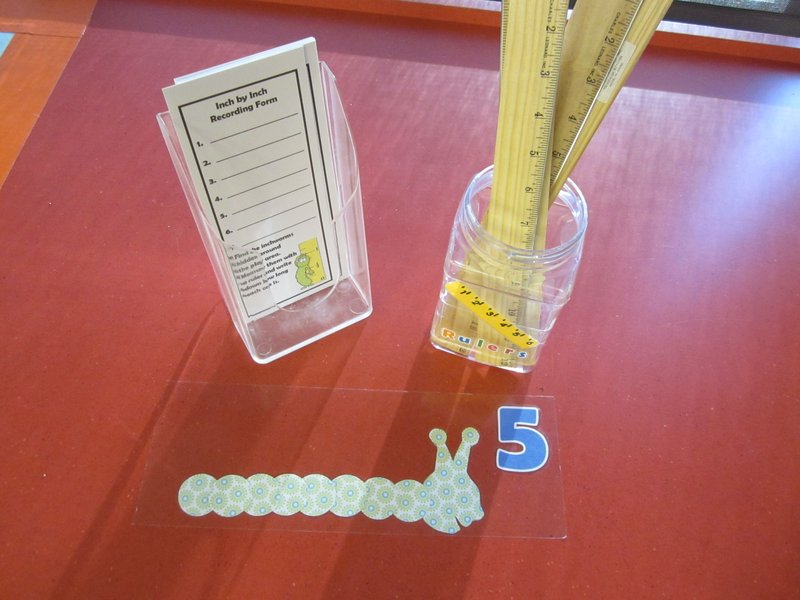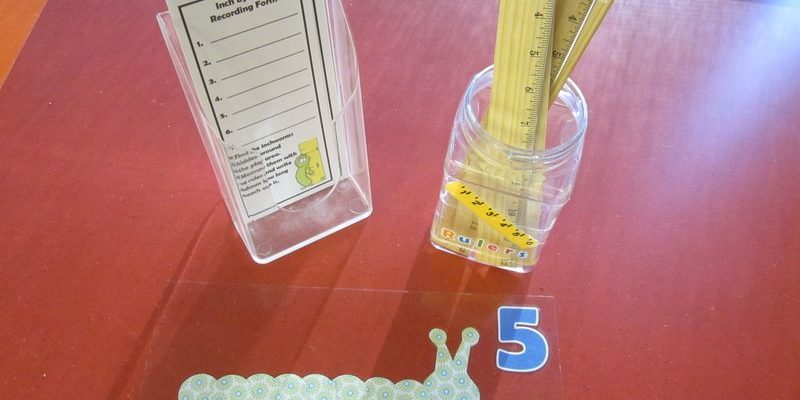
So, how exactly can you incorporate these little critters into your lessons? You might have a handful of questions bubbling up about the best ways to use inchworms in your classroom. Don’t worry; I’m here to help. Let’s dive into the world of inchworms and see how these tiny creatures can make science lessons both educational and memorable.
Why Inchworms Are Great Teaching Tools
Inchworms aren’t just cute; they’re rich in learning opportunities. Their unique movements can be used to explain concepts in physics, biology, and ecology. By observing how inchworms crawl, students can learn about locomotion, body structure, and even adaptations in nature.
**Biological Wonders**: Inchworms, or *Geometridae* as they’re scientifically known, undergo a fascinating transformation from egg to caterpillar to moth. This life cycle can be a compelling way to introduce students to the concepts of metamorphosis and life cycles in the animal kingdom. By observing these changes firsthand, learners can gain a deeper appreciation for the complexity of nature.
**Environmental Learning**: Inchworms play essential roles in their ecosystems. They serve as food for birds and other predators, helping to maintain the balance of nature. Discussing these connections can lead to conversations about food chains and environmental conservation, allowing students to think critically about their impact on the planet.
Setting Up Your Inchworm Observation Station
Before you can introduce inchworms to your students, you’ll need to create an engaging observation station. Here’s how to set it up:
1. **Gather Materials**: Start with a clear container—like a terrarium or a simple plastic box. You’ll also want to collect branches, leaves, and a bit of soil to mimic their natural habitat, creating a cozy space for your inchworms.
2. **Choose Your Inchworms**: You can find inchworms outdoors in gardens or parks, or even order them online. Just ensure they are safe and suitable for classroom observation.
3. **Create an Observation Guide**: Prepare a worksheet for students to record their observations. Prompt them to note things like movement, color, and any changes they see, encouraging detailed observation and scientific thinking.
Setting up this station not only gets students involved but also teaches them responsibility. They’ll learn how to care for living creatures and observe their behavior over time.
Engaging Activities with Inchworms
Now that you have your observation station set up, it’s time to spark creativity and engagement with some activities. Here are a few ideas to get started:
- Inchworm Art: Have students draw or paint what they observe. This helps them express their understanding and connect creativity to science.
- Movement Experiments: Students can experiment with different surfaces and measure how fast inchworms move. This could lead to discussions about friction and locomotion.
- Life Cycle Projects: Assign groups to research different stages of the inchworm’s life cycle, encouraging collaboration and presentation skills.
These activities not only make learning fun but also encourage critical thinking and teamwork among students.
Incorporating Inchworms into Other Subjects
You might be surprised at how versatile inchworms can be when integrating them into various subjects. Just think about it:
– **Math**: Use inchworms to teach measurement. Have students measure an inchworm’s length and compare it to other objects. This can lead to lessons on units of measurement and basic geometry.
– **Literature**: Dive into storytime by reading children’s books about insects or nature. This can create a beautiful narrative backdrop that enhances their understanding of inchworms.
– **Art and Music**: Encourage students to create songs or puppets about inchworms. Incorporating art and music can reinforce their learning and make science feel more relatable.
Incorporating inchworms into different subjects not only enriches the educational experience but also shows students the interconnectedness of knowledge.
Common Challenges and Solutions
When using inchworms in the classroom, you may run into a few bumps along the way. Here are some common challenges and tips on how to handle them:
– **Keeping Inchworms Healthy**: It’s important to maintain a suitable environment for your inchworms. Be mindful of temperature and humidity, and provide fresh leaves. Make sure students know the importance of caring for their living subjects.
– **Safety Concerns**: Some students may have allergies or fears of insects. Prepare by discussing these concerns upfront, and ensure you have alternative activities that don’t involve close contact with inchworms.
– **Limited Attention Span**: If students lose interest, try breaking lessons into shorter, engaging segments. Activities like quick observations or hands-on experiments can rejuvenate their focus.
By anticipating these challenges, you can create a smoother learning experience.
Using Inchworms for Environmental Awareness
Inchworms can also play a pivotal role in teaching students about environmental awareness. Here’s why it matters:
– **Biodiversity**: You can explain the importance of biodiversity and how every creature, even the smallest ones like inchworms, contributes to a healthy ecosystem.
– **Conservation Efforts**: Lead discussions about habitats and conservation challenges faced by various species. This can inspire students to think about how they can help protect the environment.
– **Connection to Nature**: Watching inchworms allows students to directly connect with nature. This can foster a sense of responsibility for the planet and a desire to nurture it.
By using inchworms in this context, you’re not just teaching science; you’re empowering the next generation of environmental stewards.
Wrapping It All Up
Incorporating inchworms into educational science lessons can be a delightful experience for students and teachers alike. These little creatures offer a world of learning opportunities across various subjects, from biology and math to art and environmental science. With hands-on observation, engaging activities, and a little creativity, inchworms can truly light up your classroom.
So, grab a few of these tiny critters and let curiosity lead the way. You’ll be amazed at how much you can explore and learn together with your students. Happy teaching!

